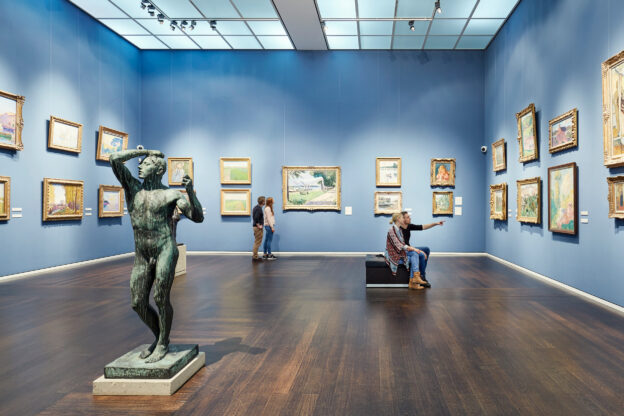In the labyrinth of cultural heritage and historical preservation, suitcase museums emerge as a novel and intriguing concept, captivating the imaginations of historians, educators, and the general public alike. These mobile treasure troves, often condensed into the confines of a suitcase, offer a unique lens through which to view and understand the past. This post delves into the essence of suitcase museums, exploring their significance, how they are curated, and the impact they have on community engagement and education. By unpacking the contents of these portable exhibits, we uncover not just artifacts, but stories, emotions, and the indelible marks of human history.
The Significance of Suitcase Museums
Suitcase museums represent more than just a compact way to display historical artifacts; they are a testament to the power of storytelling and education outside traditional museum walls. These portable collections make history accessible to all, breaking down barriers of distance and socio-economic status. By bringing history directly to the public in schools, community centers, and even outdoor spaces, suitcase museums democratize knowledge and foster a sense of curiosity and wonder among diverse audiences.
The concept behind suitcase museums is deeply rooted in the idea of personal connection. Each item within a suitcase museum is carefully selected to tell a part of a larger narrative. This approach personalizes history, making it more relatable and engaging for people of all ages. Instead of viewing objects behind glass, visitors can often touch and interact with the items, bridging the gap between the past and the present.
Suitcase museums also serve as a powerful tool for preserving intangible cultural heritage. Through stories, traditions, and crafts showcased within these portable displays, suitcase museums play a crucial role in keeping the history alive and relevant, ensuring that invaluable knowledge is passed down through generations.
Curating a Suitcase Museum
The process of curating a suitcase museum is both an art and a science. It begins with a clear vision and a deep understanding of the narrative one wishes to convey. Curators must carefully select objects that not only fit physically within a suitcase but also collectively tell a compelling story. This requires a meticulous evaluation of each item’s historical significance, condition, and the story it tells.
Logistics also play a significant role in the curation process. Each object must be protected and preserved during transport, requiring innovative solutions for packing and presentation. Curators often use custom inserts and protective materials to ensure that each artifact arrives at its destination in pristine condition.
Engagement and interactivity are key considerations when curating a suitcase museum. Curators strive to include objects that invite hands-on exploration and stimulate discussions. This may include replicas of artifacts, interactive models, or even multimedia elements that enrich the narrative and make history come alive.
Impact on Community Engagement and Education
Suitcase museums have a profound impact on community engagement and education. By making history tangible and accessible, they ignite a passion for learning and discovery in people of all ages. These traveling exhibits provide a unique educational experience, particularly for students who may not have the opportunity to visit traditional museums. They offer a hands-on approach to learning that can enhance curriculum and inspire a deeper understanding of historical contexts and events.
Moreover, suitcase museums foster community connection and dialogue. They encourage people to share their own stories and histories, creating a collaborative space for cultural exchange and mutual learning. This can be particularly powerful in communities with diverse cultural backgrounds, helping to build bridges of understanding and respect.

